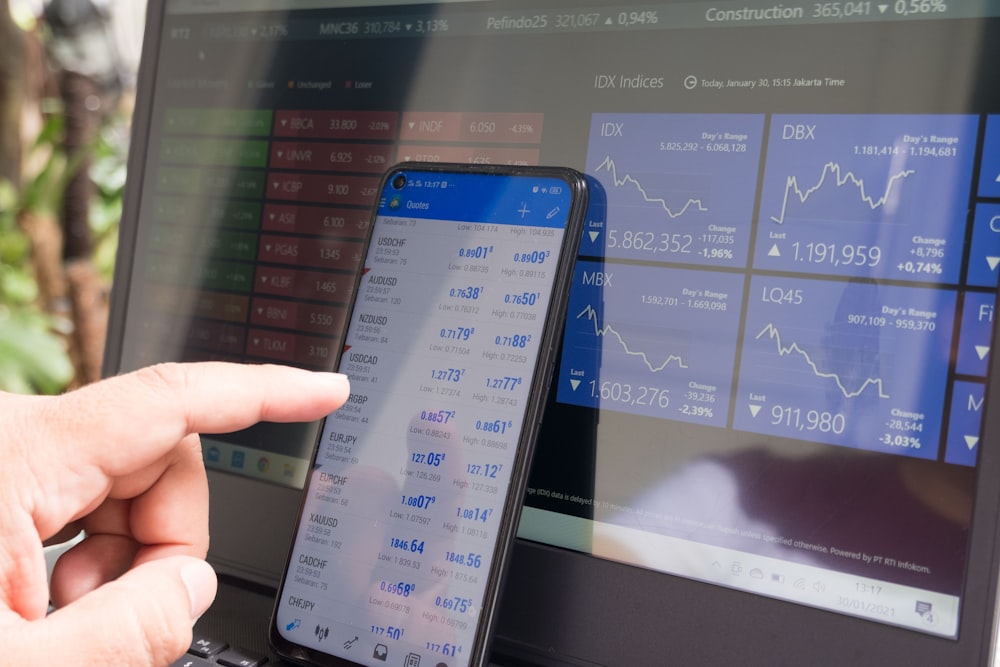
 Another reason is that the USD/JPY (the exchange rate between the US dollar and the Japanese yen) has stabilized recently. It even went up today and returned to its 20-day moving average.
Another reason is that the USD/JPY (the exchange rate between the US dollar and the Japanese yen) has stabilized recently. It even went up today and returned to its 20-day moving average. Another thing to watch is the USDCAD (the exchange rate between the US dollar and the Canadian dollar), which has gone up over the last few days. We often see that when the USDCAD hits a low, the S&P 500 tends to peak, and the opposite is true, too. So, it’s essential to keep an eye on whether the USDCAD keeps rising. The critical level it hasn’t been able to break through is around 1.385, except for one time in December. If the USDCAD keeps climbing one would things the S&P 500 turns lower.
Another thing to watch is the USDCAD (the exchange rate between the US dollar and the Canadian dollar), which has gone up over the last few days. We often see that when the USDCAD hits a low, the S&P 500 tends to peak, and the opposite is true, too. So, it’s essential to keep an eye on whether the USDCAD keeps rising. The critical level it hasn’t been able to break through is around 1.385, except for one time in December. If the USDCAD keeps climbing one would things the S&P 500 turns lower. We’ve also noticed that the USDMXN (the exchange rate between the US dollar and the Mexican peso) has dropped back down to its support level and the 20-day moving average after a big jump up. A move up in the USDMXN is a risk-off gauge; if the USDMXN continues to fall, it is a risk-on indication.
We’ve also noticed that the USDMXN (the exchange rate between the US dollar and the Mexican peso) has dropped back down to its support level and the 20-day moving average after a big jump up. A move up in the USDMXN is a risk-off gauge; if the USDMXN continues to fall, it is a risk-on indication. The price movement in the last few days has been pretty interesting, to say the least. Trading volume has been really low, and the difference between bid and offer prices has been quite wide.
The price movement in the last few days has been pretty interesting, to say the least. Trading volume has been really low, and the difference between bid and offer prices has been quite wide. The 1-month implied correlation index is back down to 12, which is at the lower end of its usual range. The extreme levels we saw in July were just that—extremes. In the past, like in 2017 and 2018, the lows were around 8 or 9, and in 2023, it was around 10.
The 1-month implied correlation index is back down to 12, which is at the lower end of its usual range. The extreme levels we saw in July were just that—extremes. In the past, like in 2017 and 2018, the lows were around 8 or 9, and in 2023, it was around 10. This seems like a dangerous market that, if some of the reliable indicators and suggestions are correct, could be nearly burning itself out already.More By This Author:
This seems like a dangerous market that, if some of the reliable indicators and suggestions are correct, could be nearly burning itself out already.More By This Author:
Stocks Rally On Better Retail Sales, But Already Look Exhausted

